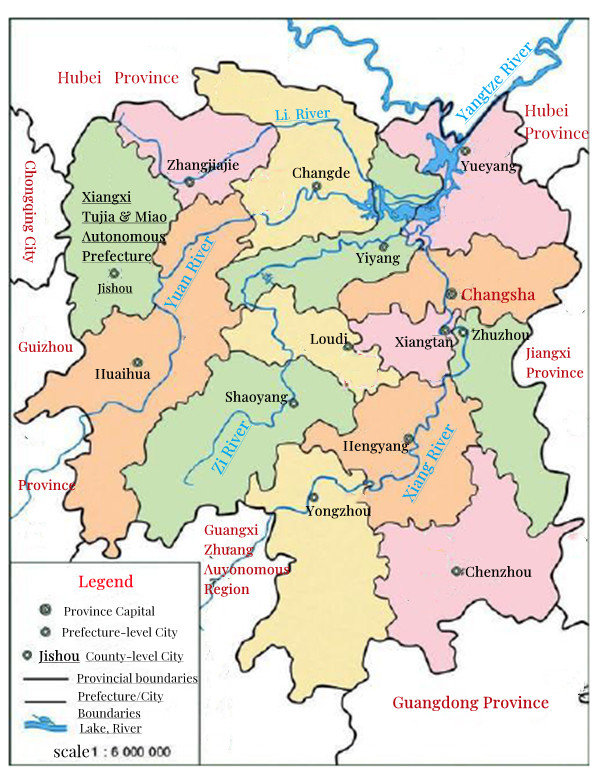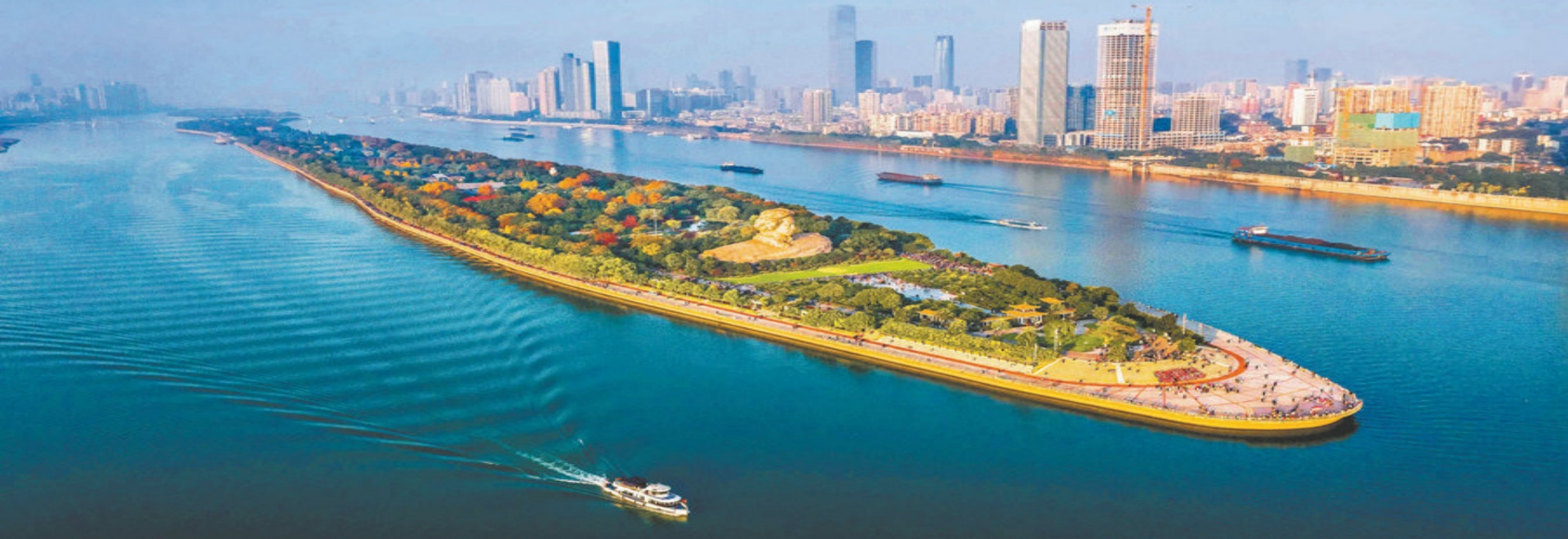Hunan Tours
 Hunan Facts
Hunan Facts
Chinese Name: 湖南 (hú nán)
Capital: Changsha
Abbreviation: Xiang
Location: in the south-central China
Area: 211,800 square kilometers (81,776 square miles)
Population: 69,184,000
Situated in the middle of China and the middle reaches of the Yangtze River, Hunan Province is adjacent to Jiangxi to the east, Guangdong and Guangxi to the south, Chongqing and Guizhou to the west, Hubei to the north. It is named "Hunan" because most of its areas are located in the south of Dongting Lake and the abbreviation of Xiang is for the Xiangjiang River, the largest river in Hunan, running through the whole territory.
Cities in Hunan
Administrative Division: Hunan has 13 cities (Changsha, Zhuzhou, Xiangtan, Hengyang, Shaoyang, Yueyang, Changde, Zhangjiajie, Yiyang, Chenzhou, Yongzhou, Huaihua, Loudi); 1 autonomous prefecture (Xiangxi Tujia and Miao Autonomous Prefecture); 68 counties; 18 city-level counties; 36 districts.
What to see in Hunan
With a long history, Hunan has many historical remains including city remains, tombs, bronzewares, bamboo slips used in the Qin Dynasty (221 BC – 207 BC) and historical buildings. Hunan is also a popular tourist destination featuring magnificent natural scenery in Zhangjiajie and ancient residential buildings in tranquil Fenghuang Ancient Town.
When to visit Hunan?
Hunan has a humid, subtropical climate. The monsoon rain falls mostly in April, May, and June. July and August are uncomfortably hot and humid. The best time to visit is in the fall, when temperatures are cooler and the rainfall lighter. For persons who live in cold northern climate, visiting it in the winter can be pleasant. After all, any place that grows oranges can't be all that cold. Low temperatures in winter are usually above freezing, with daily highs around 10![]() C. Annual rainfall is around 1,250 - 1,750 millimeters (49.2 to 68.9 inches). Northern part of the province has more climate extremes than its southern part. It can get colder in the winter and hotter in the summer.
C. Annual rainfall is around 1,250 - 1,750 millimeters (49.2 to 68.9 inches). Northern part of the province has more climate extremes than its southern part. It can get colder in the winter and hotter in the summer.


